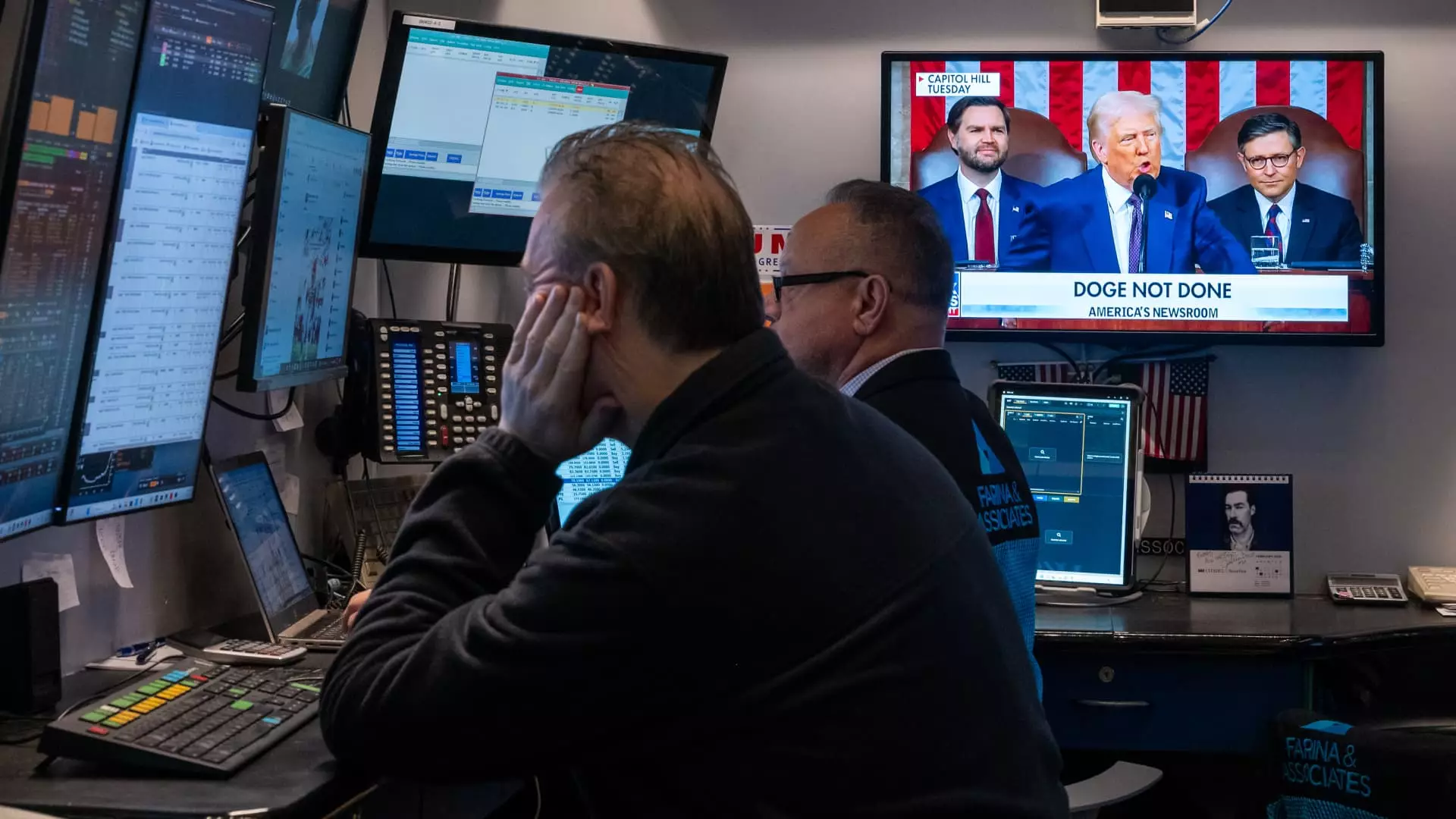In an environment rife with market uncertainty, financial firms are scrambling to provide products that promise some degree of protection for investors. Goldman Sachs’ recent launch of the U.S. Large Cap Buffer 3 ETF is a prime example. Buffer ETFs aim to shield investors from downside risk while allowing limited upside potential. On the surface, this sounds incredibly appealing. After all, who wouldn’t want a safeguard against market downturns? However, the reality is that these products come with complexities that could obscure their true risks and benefits.
The Lure of Limited Losses
Bryon Lake, Goldman Sachs’ chief transformation officer, recently touted the buffering capabilities of their new ETF, claiming it protects investors from losses between 5% and 15%, while allowing participation in gains of 5% to 7%. It’s essential to dissect these claims. First, the level of protection offered is aimed at a temporary cushion—what happens if losses exceed this threshold? Investors might be lulled into a false sense of security, believing they are shielded from greater risks. While it’s true that a well-crafted strategy can mitigate some potential losses, the constraints on upside could lead to underperformance compared to a standard index fund.
Geopolitical Uncertainties
In the backdrop of Lake’s optimism lies a tumultuous global market landscape. Issues such as tariffs, geopolitical tensions, and the stagnation of dominant sectors raise critical questions about market reliability. Lake’s statement regarding “incredible amounts of uncertainty” doesn’t inspire confidence in a product that inherently restricts exposure to growth. While investors are right to seek protective strategies, they must also remain vigilant about the still-present risks of being overly cautious. The cautious investor must ask: Is a 7% upside worth it if the underlying assets are subjected to macroeconomic forces that can shake the foundation of financial markets?
Historical Precedents: The Devil in the Details
Lake asserts that these buffer strategies have been tried and true for decades, categorizing them as a staple of prudent investing. However, a historical review reveals a pattern of misleading narratives surrounding ‘safe’ financial products. Past market crises have shown that safeguards often crumble under pressure, especially when pivotal market factors diverge from historical norms. It’s also necessary to note that while the index may be down roughly 4%, the ETF’s slight decline of 3% does not necessarily indicate stability—it could merely be a precursor to more significant volatility.
Investor Relations: A Call for Clarity
The marketing of buffer ETFs raises ethical dilemmas regarding their complexity and investor understanding. Financial entities like Goldman Sachs must do more than advertise the allure of risk mitigation; they owe it to clients to articulate the limitations of such products clearly. In an age when financial literacy is still catching up with investment innovation, the onus lies as much with the sellers as with the buyers. Misleading implications could tarnish reputations and lead to significant losses for unwary investors manipulating such strategies without full comprehension.
While the introduction of the U.S. Large Cap Buffer 3 ETF may appear to be a responsible offering in a volatile market, prospective investors should approach with caution, armed with skepticism and a deep understanding that not all shields offer genuine protection.

